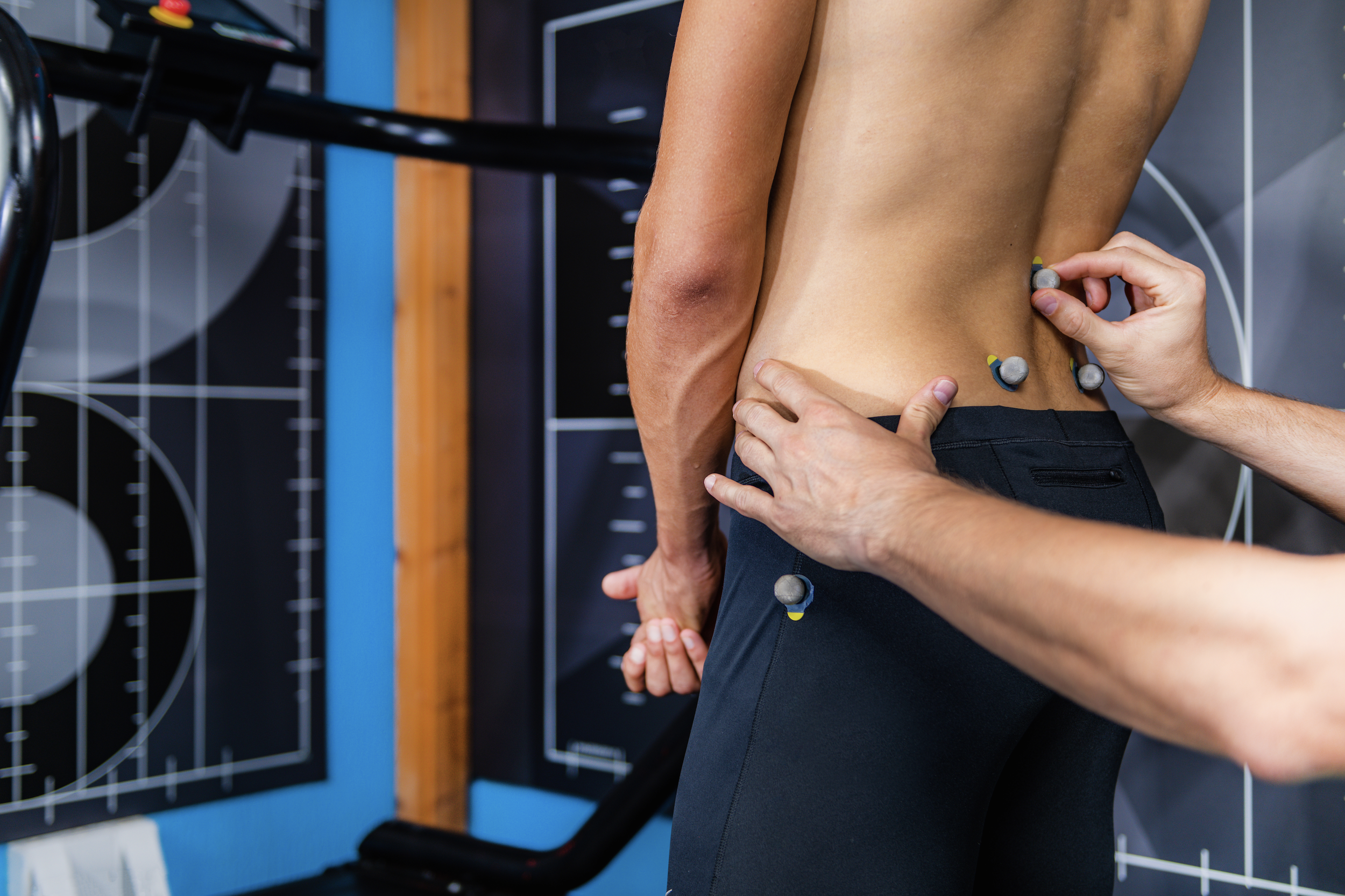Sports movement assessments are typically conducted to evaluate an athlete's physical abilities, movement patterns, and biomechanics. The specific components of a sports movement assessment may vary depending on the sport, the athlete's level, and the goals of the assessment. However, here are some common elements you can expect at a sports movement assessment:
Physical Examination: The assessment may begin with a physical examination, including measurements of height, weight, and body composition. This information can provide a baseline for assessing an athlete's physical condition.
Functional Movement Screening (FMS): FMS is a common tool used to assess an athlete's fundamental movement patterns. It involves a series of movements and tests to evaluate mobility, stability, and symmetry. The goal is to identify any movement dysfunctions or limitations that could lead to injury.
Strength and Power Testing: Depending on the sport, strength and power assessments may be included. This can involve exercises like squats, deadlifts, bench presses, or vertical jump tests to measure an athlete's muscular strength and power output.
Speed and Agility Testing: Athletes may undergo tests to assess their speed, agility, and quickness. This can include sprint tests, shuttle runs, or ladder drills, depending on the sport's demands.
Balance and Coordination: Balance and coordination assessments may be conducted to evaluate an athlete's ability to control their body in various situations. This can involve single-leg balance tests or exercises on unstable surfaces.
Flexibility and Range of Motion: Assessments of an athlete's flexibility and range of motion can identify any restrictions or imbalances that may affect performance or increase the risk of injury.
Video Analysis: Some assessments may involve video analysis of an athlete's movements during sports-specific activities. This can provide valuable insights into biomechanical issues and technique flaws.
Injury History and Medical Evaluation: Athletes may be asked about their injury history, and a medical professional may conduct a thorough evaluation to identify any existing injuries or conditions that could impact performance.
Feedback and Recommendations: After the assessment, athletes typically receive feedback on their strengths and weaknesses, as well as recommendations for improvement. This may include exercises, drills, and training strategies to address identified issues.
Individualized Training Plans: Based on the assessment results, coaches and trainers may develop individualized training plans to help athletes improve their performance and reduce the risk of injury.
It's important to note that sports movement assessments are often tailored to the specific needs and goals of the athlete and their sport. Professional athletes may undergo more extensive and specialized assessments, while recreational athletes may have a simpler evaluation. The ultimate aim of these assessments is to optimize an athlete's performance and reduce the risk of injury.

